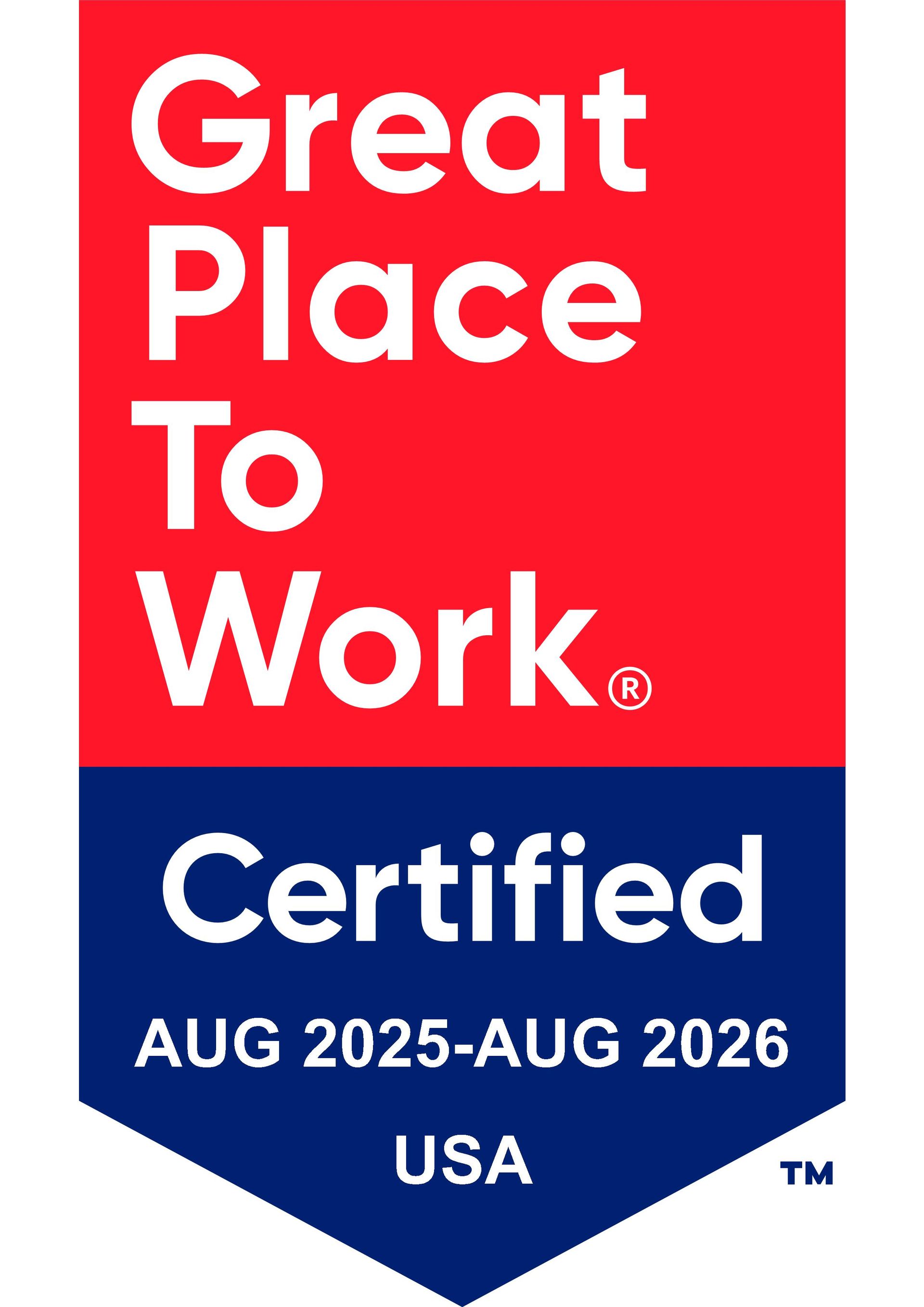
New Trends in Employee Benefits for 2021
5 February 2021
Employee benefits are an essential part of any employee value proposition. Employers have continually used their comprehensive benefits plan to attract and retain top talent in competitive job markets for decades.
As we continue into Q1 of 2021, there is no question that 2020 was a year that will go down in history. Between the pandemic and natural disasters to the changing political landscape, we saw a shift in the benefits employees desired and needed.
We also saw businesses of all sizes take a financial hit. Unfortunately, this could also impact their benefit offerings going into 2021. Regulations requiring the coverage of COVID-19 related tests and unemployment payments have also impacted employers’ bottom lines and health and welfare benefit offering requirements.
The pandemic will continue to be a topic of concern and impact HR departments and leadership teams throughout 2021. Employers now have to adjust their benefit offering to align with the new normal of the pandemic, including rising healthcare costs, healthcare regulations, and what employees are seeking.
10 COMMON NEW TRENDS IN EMPLOYEE BENEFITS FOR 2021
- Innovative Healthcare Plans
- Telehealth Services
- Mental Health Services
- COVID-19 Support
- Personalization of Benefits Packages
- Non-Medical Benefit Offerings
- Caregiving Benefits
- Remote Work and Flexibility
- Student Loan Debt Support
- Emergency Savings Funds

INNOVATIVE HEALTHCARE PLANS
The Society of Human Resource Management (SHRM) reports that family healthcare premiums have increased by 54%, with employees carrying 71% of the increases. The cost of healthcare is becoming too much for both employers and employees. Therefore, companies are looking at innovative ways to manage better and reduce healthcare costs for the company and its employees while still providing quality care.
Employees also want health insurance that provides predictable health care pricing and medical care costs, especially to cover and manage chronic and serious conditions. Several US employers are realizing that high deductible health plans (HDHPs) are not meeting the needs of their employees. According to the National Business Group on Health’s Health Care Strategy and Plan Design Survey, only 25% of large employers will offer only an HDHP, down by 14% compared to the 39% that only offered an HDHP in 2018.
Some options for innovative healthcare include on-site clinics or contracting directly with healthcare providers and facilities. These options allow the company to ensure quality care for a predictable, contracted price.

TELEHEALTH SERVICES
Over the past couple of years, telehealth has been one of the commonly seen new trends in employee benefits. The pandemic and need for social distancing and quarantining increased the demand for telehealth appointments exponentially.
Many companies that have not previously done so will likely add telehealth as a new benefit for 2021. Companies can either contract with telehealth providers or select a healthcare plan that offers telehealth as a benefit of the plan.

MENTAL HEALTH SERVICES
It is projected that mental health will worsen for many as a result of COVID. Depression, Anxiety, and PTSD are examples of conditions many individuals report linked to the pandemic and events of 2020. Increased stress levels and burnout are also on the rise. Per the National Center for Health Statistics, 36.3% of adults had anxiety disorder symptoms in November 2020, up from 8.2% in 2019, indicating a significant increase.
Mental health support will become more paramount than ever before as we continue into 2021. Fortunately, many employers were already giving notice to mental health concerns by offering additional mental health services for employees. For 2021, 36% of larger employers indicated they plan to expand access to mental health benefits, with 91% planning to offer virtual counseling.
Additional new trends in employee benefits and mental health services will likely include:
- On-site mental health professionals
- Free mental health services
- Contracting with an off-site mental health provider or clinic
- Tele-counseling or virtual counseling services

COVID-19 SUPPORT
The need for COVID-19 support will continue through 2021. Though many believe the vaccine will help us get back to work and resume some level of normalcy, not everyone is on board with being vaccinated.
As the vaccines from Pfizer, Moderna, and other companies become readily available, organizations will need to determine how they will approach vaccinations. Will they require employees to get them? Are they legally allowed to require the vaccine as part of employment? What if employees do not want the vaccine?
Regardless of the answers to the above questions, employers will need to incorporate COVID-19 support as part of their benefit offerings. Covering the cost of testing, vaccinations, and time off to care for those impacted by the virus are necessary considerations. The types of healthcare options they will offer for those who test positive for COVID-19 is another topic employers need to consider.

PERSONALIZATION OF BENEFITS PACKAGES
The one-size-fits-most mindset with an employer’s benefits platform no longer works in our multifaceted world. Many employers are making an effort to meet the needs of a multigenerational and diverse workforce with the goal of adding value for all employees.
Some employers offer medical benefits and paid time off to all employees and then provide a platform where they can select additional benefits based on personalized preferences. Long-term disability, dental insurance, vision insurance, pet insurance, short-term disability, life insurance, and childcare are examples of optional benefits that an employer could offer. An upside to this approach is that many of the additional benefits are voluntary and low-cost to the company.

NON-MEDICAL BENEFIT OFFERINGS
Many of the non-medical benefits or perks that employers offered are no longer available due to the pandemic. On-site gyms, snacks at the office, free lunches at work, and so on are not allowed in a COVID world. Therefore, employers will need to come up with other benefits to take their place. Many of the benefits will serve those impacted by COVID, such as the need for caregiving benefits.

CAREGIVING BENEFITS
Pet and children crashing work video calls weren’t uncommon over this past year. Employees’ lives revolve around a lot more than just their work. New trends in employee benefits have included offering caregiving benefits, so employees can get support to take care of their dependents while working.
Eldercare and childcare benefits can go a long way in supporting an employee’s stress level. They can focus on work while working and not have to take care of those they are responsible for at the same time.

REMOTE WORK AND FLEXIBILITY
The pandemic created a primarily remote workforce out of necessity almost overnight. Many companies are returning to somewhat normal functioning with social distancing parameters and COVID safety protocols in place. Other organizations are likely to continue to offer remote work and flexible schedules to meet the fear, concern, and risks the pandemic still poses for some time.
Some employees also prefer to work remotely now, so the companies that have had success with remote workers are more likely to allow it long-term.

STUDENT LOAN DEBT SUPPORT
A common political topic in today’s world, student debt is nearly $1.6 trillion among 40 million Americans, which is an all-time high. Individuals are putting off having children, buying homes, saving for retirement, and other major expenses due to their high student debt level.
The most recent stimulus package is expected to provide provisions for employers to offer student loan repayment benefits on a tax-free basis. As a result, we will likely see more employers offer student loan repayment benefit options for their employees.

EMERGENCY SAVINGS FUNDS
Statics indicate that, in 2019, close to 40% of adults would not have cash on hand to cover a $400 emergency. Close to 12% would not be able to come up with the funds at all, and another 27% would have to sell something or borrow the $400. Further, 12% would not be able to cover their standard monthly expenses if they had to pay for a $400 emergency.
Fast-forward to today, and many have lost jobs, lost income, felt the effects of a volatile stock market, and faced unforeseen expenses due to COVID. As a result, the likelihood that many Americans have an emergency savings fund is grim. However, that trend is shifting. According to the 12th Annual New Year Financial Resolutions Study by Engine Insights in October 2020, 8 in 10 Americans plan to build emergency savings in 2021.
One of the new trends in employee benefits is to offer payroll-deduction emergency savings accounts. Emergency savings accounts can provide peace of mind in knowing that one can take care of themselves and their families if an emergency should arise.
KBI CAN HELP WITH YOUR 2021 BENEFIT PLATFORMS
If you’re in the process of determining how you can best navigate the current world we are living in, KBI can help. Our team of expert brokers has decades of experience supporting organizations to design benefit platforms to meet the needs of the company and its employees.
At KBI, we understand the difficulties and challenges many faced throughout 2020, and we can help you determine the best path to move forward. Retaining a happy and healthy workforce is necessary for continued success, and we are here to help make it happen.
Contact us today by submitting our online contact form or calling us at 408.366.8880. We look forward to working with you!




